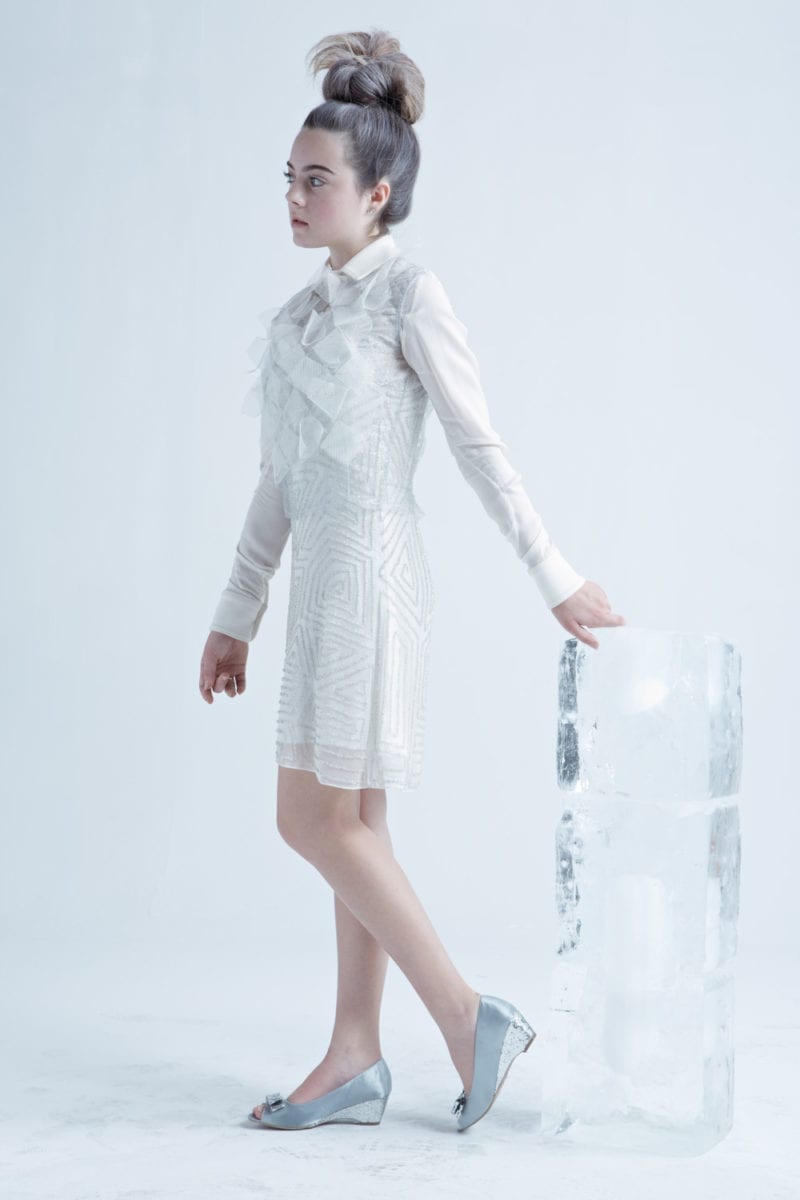I hate to be the one to say it since you probably already know, but here it goes. You really need to put on sun protection in the winter. You’re probably rolling your eyes, and thinking, “I know we should be doing it, but why? The sun isn’t even out!”
One of the most common myths that professional dermal therapist James Vivian runs into regarding winter skincare is the belief that your skin doesn’t burn. Having made skincare his career and sunscreen his holy grail, in an interview with Darling, he explained the impact of ultraviolet rays.
“The UV radiation we encounter generally comes from the sun (and tanning beds), and we’re most concerned with UVA and UVB rays,” he said.
UVB radiation, which is more associated with skin cancer, is stronger in the summer months and weaker in the winter. UVA radiation doesn’t let up in the wintertime. That’s the reason we have to keep the sunscreen on every day.
“UVA radiation, radiation linked to pigmentation and premature aging, is just as strong on the coldest, shortest day of the year as it is on the warmest, longest day of the year,” he said.
The sun is still out regardless of the weather. Staying indoors all winter long? I’ve got some bad news. Unless you’re in a windowless room, which I hope you aren’t because that’s a sad thought, you still can’t skip sunscreen.
The sun is still out regardless of the weather.
“UVA radiation penetrates through cloud coverage and—wait for it—also through glass and windows,” Vivian said. “So technically, we need SPF even when indoors.”
The rays are everywhere, and you need protection. Since you won’t be hibernating all winter, how do you find the right sunscreen? Not all sunscreens are equal. Be sure to check the label before buying the first sunscreen you find. Here are a few things to keep in mind:
Chemical and Mineral
Chemical sunscreens typically contain oxybenzone, avobenzone, octocrylene or ecamsule. They absorb into your skin and neutralize the UV rays. Mineral sunscreens, also known as physical sunscreens, block the UV rays from penetrating your skin. They typically contain zinc oxide and/or titanium dioxide and aren’t absorbed into the skin. Because of this, mineral sunscreens tend to show on the skin more. They’re also preferred by those concerned about chemical absorption in the skin.
As technology around natural skincare is constantly developing, there are some brands that have mineral sunscreens that don’t leave a sheen. One such brand is Earth Mama Organics. Their SPF 40 mineral sunscreen stick contains all organic ingredients, a slight tint and no white residue. It’s easy to carry around, and you’ll never have an excuse to skip sunscreen again!
Safe Ingredients
Find a sunscreen that protects the environment and your skin. Avoid using sunscreens that include oxybenzone and octinoxate, ingredients shown to have a damaging effect on the coral reefs. Sometimes these ingredients can also trigger reactions on skin, according to EWG.
If you want to save a few steps, then the Daily Protezione by Vive Sana is a lazy-girl’s solution. The zinc-based option combines moisturization and sun protection all in one.
In an interview with Darling, Vive Sana founder Scott Haber explained, “By skipping fillers and including copious botanical extracts,” this product will help support your perfect winter skin.
Broad Spectrum, SPF and Water Resistance
While most sunscreens are now broad spectrum, it’s always good to double check that your sunscreen is blocking both UVA and UVB rays effectively. For example, zinc oxide tends to block UVA and UVB rays better than titanium dioxide, but a combination of both minerals gives you a good foundation of protection.
It’s always good to double check that your sunscreen is blocking both UVA and UVB rays effectively.
What about SPF? Do numbers matter? Typically, dermatologists recommend a sunscreen of SPF 30-50. If you’re doing any kind of sweating or water-related activity, then choose a water-resistance sunscreen. According to the FDA, these sunscreens are effective for up to 40 minutes in the water.
Are you in the water often? Don’t want to jump out every 40 minutes for a new layer of sunscreen? Waxhead’s sport sunscreen stick is highly water resistant, which means that you don’t have to reapply until 80 minutes later. That’s double the play time of regular water-resistant sunscreens.
Now that we’re clear on the most important step in your skincare routine, here are a few other tips to keep your skin protected in the harsher, cold months.
“Beyond the application and reapplication of a high-protection, broad spectrum SPF, the daily application of antioxidants to offset the free-radical damage created through the use of SPFs is also essential in preventing pigmentation and premature aging,” Vivan said.
He also recommends incorporating a hydrating serum and emollient moisturizer into your beauty routine to lock in that sought-after dewy skin during chillier months.
So can you skip sunscreen every once in a while? According to Vivian, the answer is no!
“If a non sun-damaged, prematurely-aged complexion is on the menu, it’s SPF 365 days of the year!” he said.
Next time you heading out the door, ask yourself: Did I put sunscreen on?
What is your winter skincare routine? Do you incorporate sun protection?
Images via Ben Cope, Darling Issue No. 6












1 comment
Thanks for the lowdown on SPF! I try to use sunscreen everyday but I get lazy sometimes… oops, definitely need to change that!
–
Charmaine Ng | Architecture & Lifestyle Blog
https://charmainenyw.com